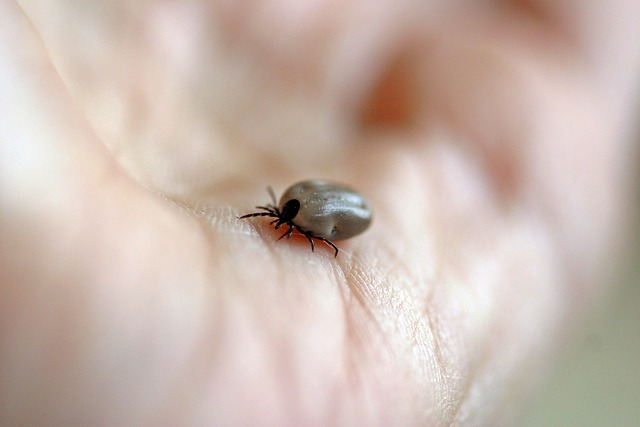The first ticks become active as early as late February/early March. The tick can be the size of a pin head, but after eating, it increases its size many times over. It waits for its host in bushes, grass and damp places. Their bite, although painless, can carry a risk of infection with tick-borne diseases.
Untreated Lyme disease can lead to a number of dangerous complications
Lyme disease, or Lyme disease, is a bacterial disease. A small percentage of ticks are carriers and not every contact with an infected tick causes the disease, but if Lyme disease develops, it can lead to serious complications. Lyme disease can develop over months or even years. It absolutely must be treated. Therefore, the very first symptoms require antibiotic treatment.
We are seeing an increase in the incidence of tick-borne diseases
In 2023, more than 104 000 people contracted tick-borne diseases, of which Lyme disease accounted for 99%. In the latest report of the National Health Fund With regard to tick-borne diseases, there is also a clear seasonality of incidence.
Most patients present to their GP with a tick-borne disease during the holiday months, i.e. June to August, when we spend more time among the greenery.
Examine yourself, not the tick
A tick test only determines whether it carries Borrelia spirochetes. A positive result does not confirm the transmission of spirochetes into the human body. Therefore, a tick test cannot confirm that a human infection has occurred.
- Such a test, according to the legislation, cannot be considered a diagnostic test. Moreover, it is also not recommended by scientific bodies and specialists in infectious diseases. - informs Monika Pintal-Slug, President of the National Council of Laboratory Diagnosticians.
A tick stuck in the skin should be removed as soon as possible
The longer a tick is in contact with human blood, the greater the risk of infection. A significant increase in the risk of tick-borne bacterial infection occurs 36 hours after the insertion. Suitable tools for safe and effective self-tick removal are available at pharmacies. All of them guarantee that the tick can be safely grasped closer to the skin and successfully pulled out.
National Health Fund in the latest Patient's Guide tells you how to recognise an infection, when to go to the doctor for help and what to do if the tick remains in the skin.
The Patient's Guide is a comprehensive information resource on the health care system and prevention. All guides are available at https://www.nfz.gov.pl/dla-pacjenta/poradnik-pacjenta/

